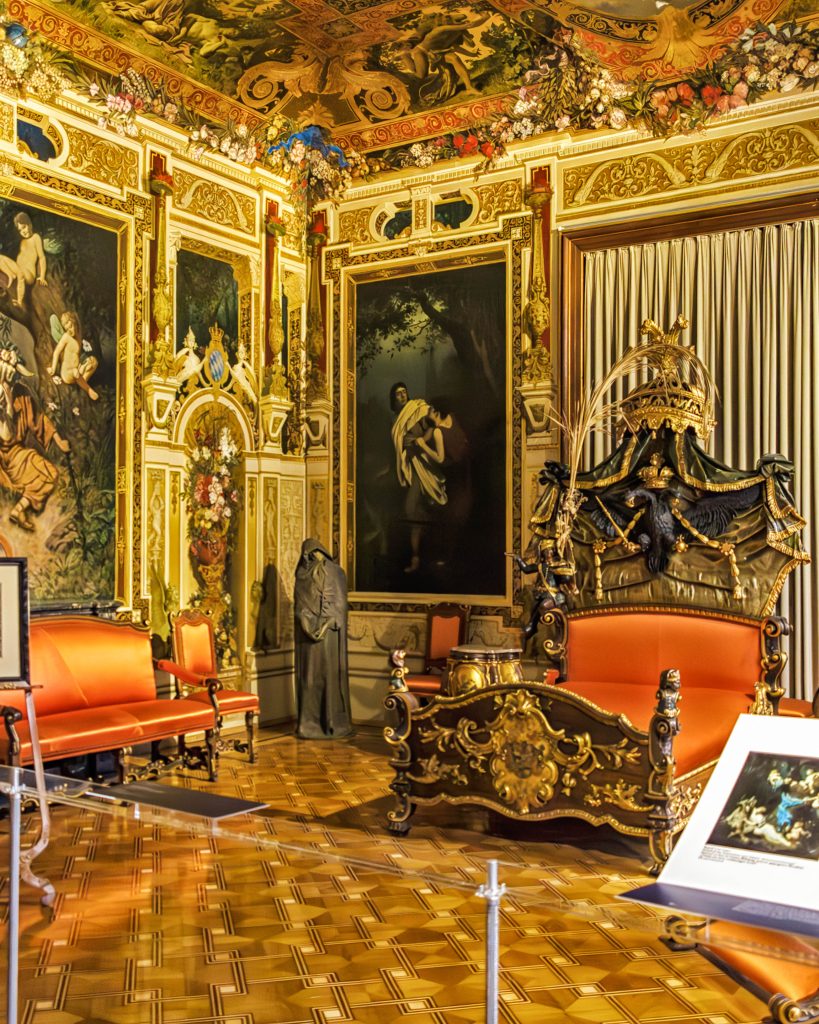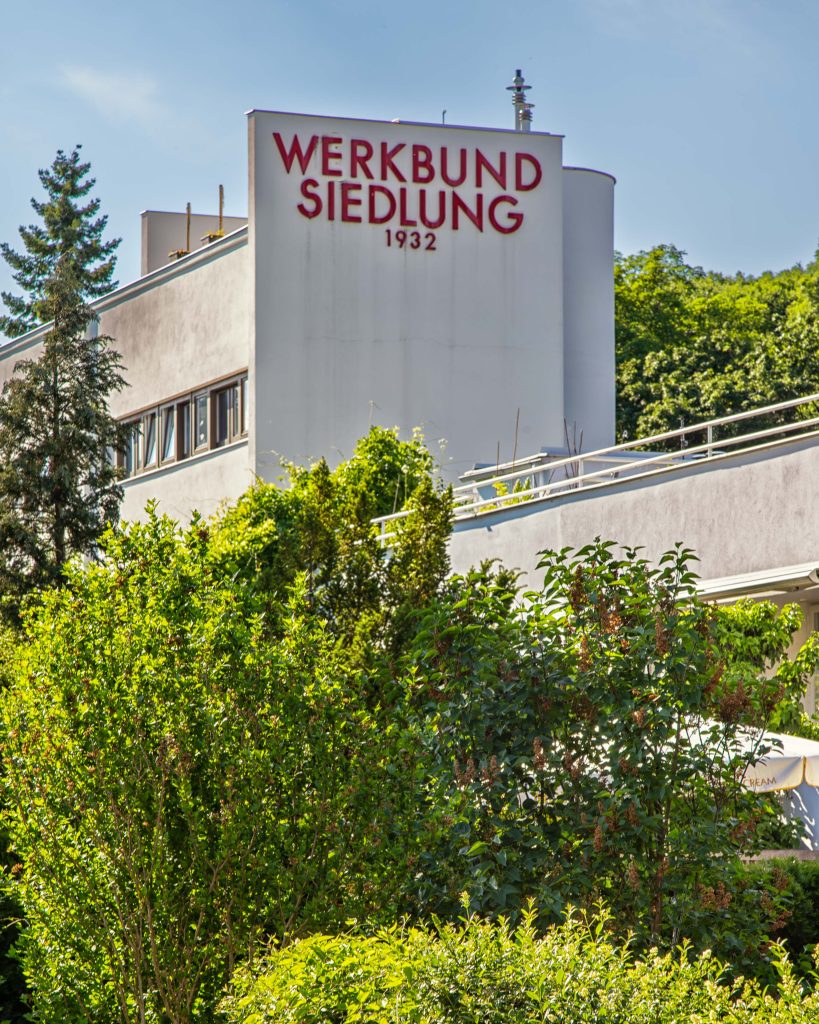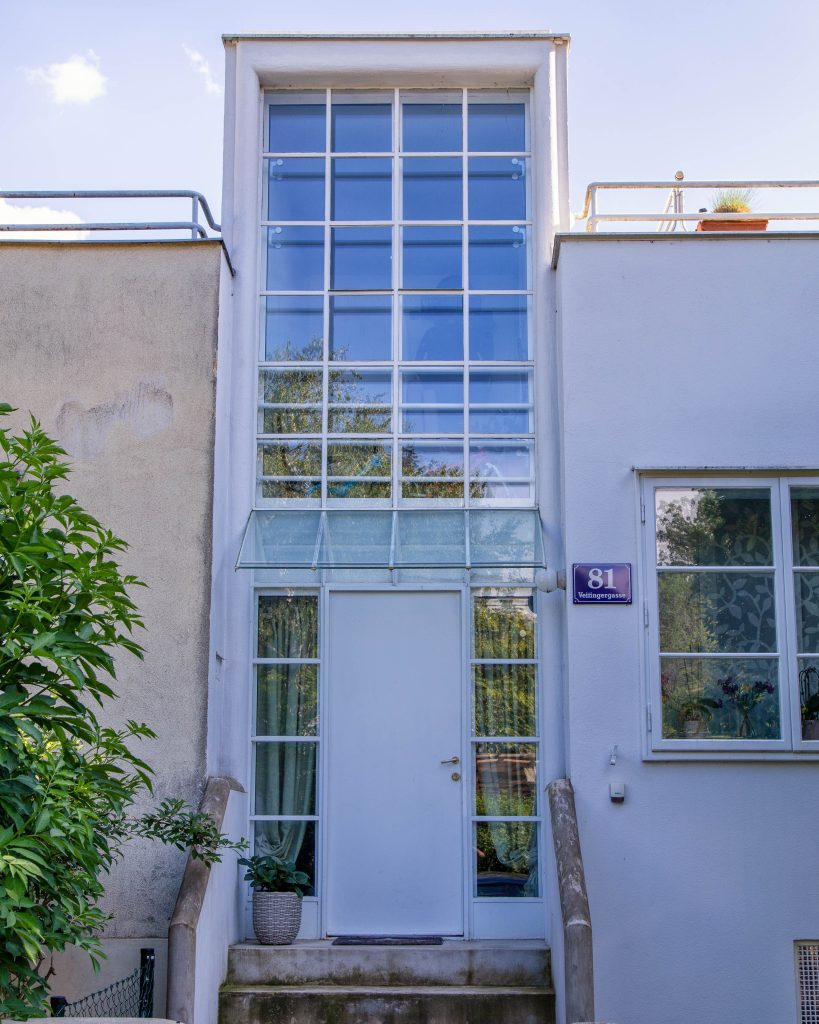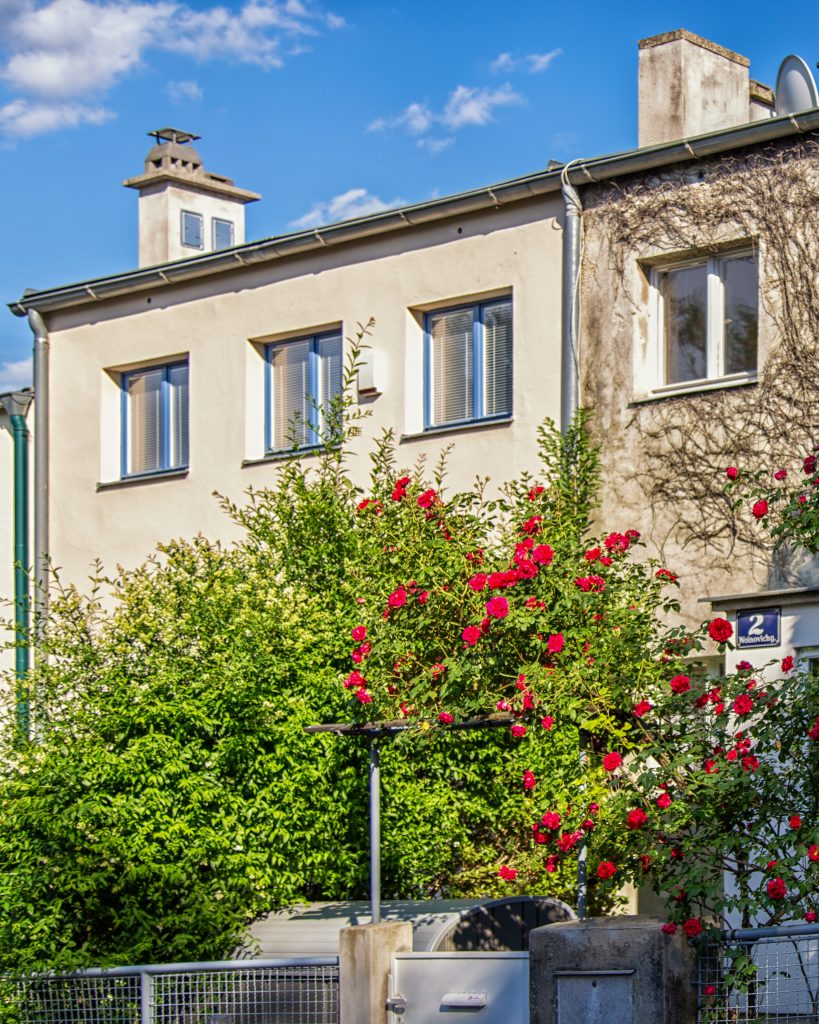Palm House in Schönbrunn
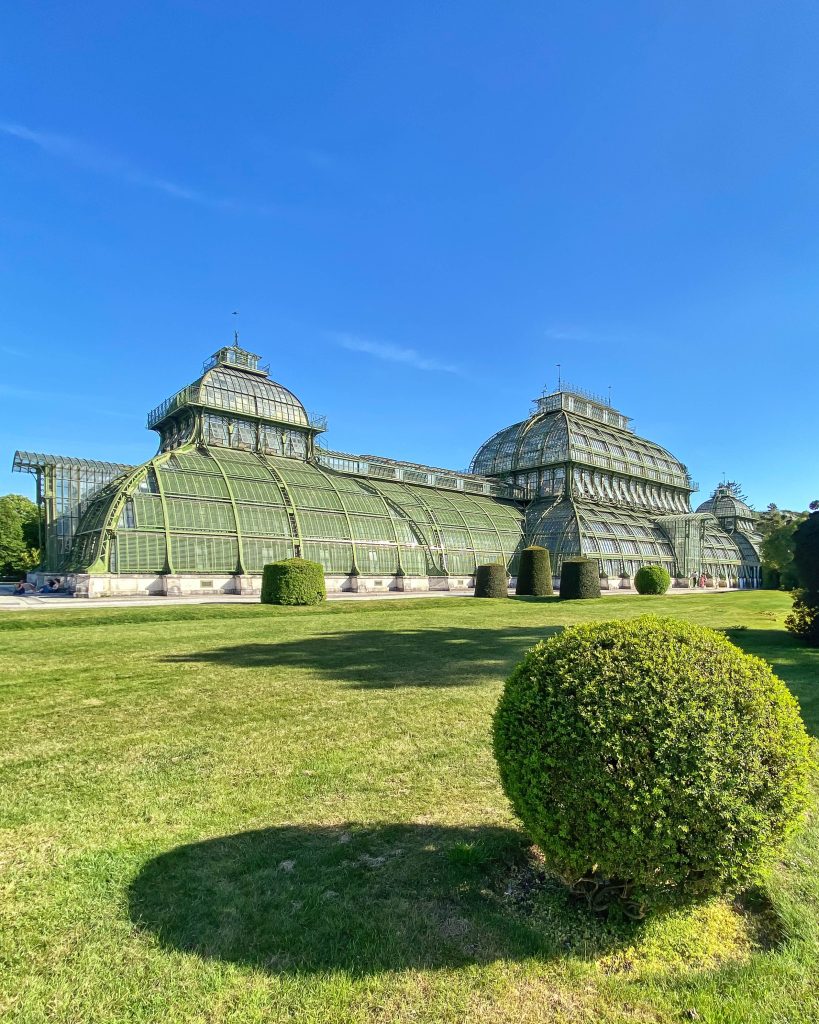
The 113m long and up to 28m high Palm House in Schönbrunn Palace Park was first built in 1880-1882 according to plans by Arch. Xaver Segenschmid by the “k. und k. Hofschlosser und Eisenconstructeur” Ignaz Gridl and is one of the largest plant houses of its kind in the world.
State-of-the-art technology was built into the iron construction, which was extremely expensive even for the time, including a steam water heating system to create different climate zones for the Habsburg collection of exotic plants. There was also criticism of the use of marines to fix (and later clean) the 45,000 or so panes of glass with window putty. After massive damage during the Second World War and only gradual repairs, an almost 14-year renovation was later necessary, which was then completed in 1990.
Particularly noteworthy plants include a 350-year-old olive tree, a specimen of a Wollemia, a plant species that was only discovered in 1994, a home-grown Seychelles palm and the azalea collection. The former central “Maria Theresa Palm” and the subsequent “Sisi Palm” each had to be cut down as they threatened to burst through the roof.


